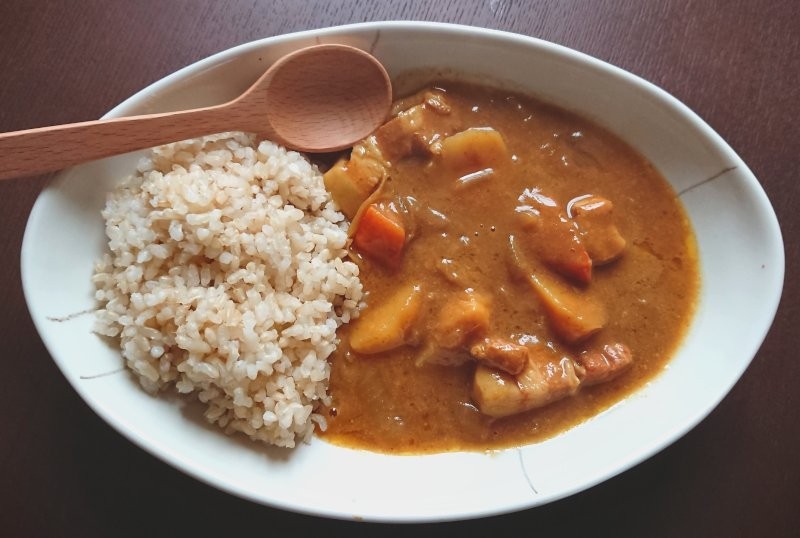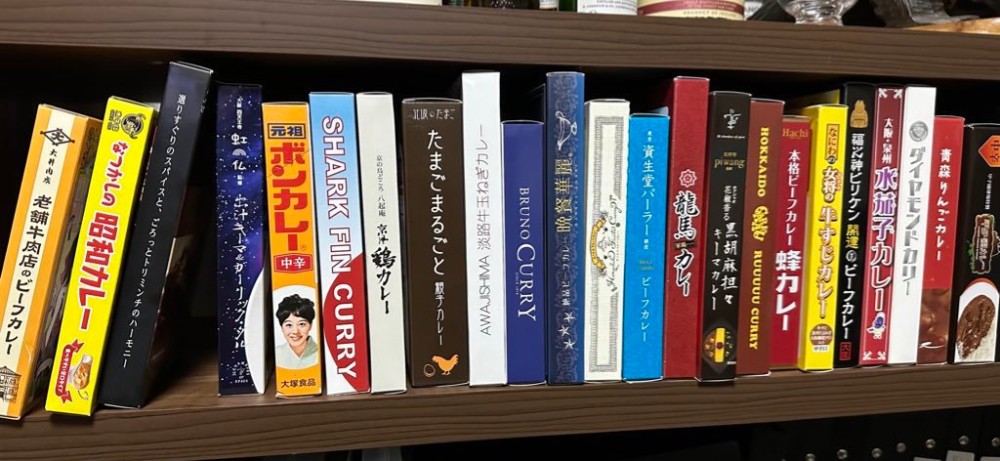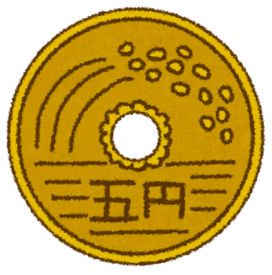Let's Try Japanese Curries!
I love curry. Like, I really love curry.
I was raised in the USA, and while the national food may be hot dogs and freedom fries, chili is another American staple that can be found in a multitude of styles around the country. (We also have been known to load up our weiners and fries with chili because neither have enough calories on their own.)
Chili with beans, chili with no beans. Chili with chunks of steak, chili with ground beef. Vegan chili. White chili, green chili. Texas chili, Cincinnati chili, Oklahoma chili. And in many households around the country, there's a family recipe that dad has been perfecting for years. There's such a variety that you have to begin asking the question: what is the Platonic ideal of chili? What is chili?
Curry occupies this same sort of cultural niche but on an international stage. Thai curry is distinctly different from Indian curry which is wildly different from Japanese curry. Though most of them share some base spices, there isn't One True Curry. But that just makes exploring what's out there all the more fun.
In Japan, curry is everywhere. I won't go into the details of its history as that has already been discussed all over the place online, but in summary, it arrived in Japan via the British navy in the Meiji era as the country was modernizing. The dish changed over time to match local tastes, leading to modern Japanese curry: a dark and thick gravy, mild and a bit sweet, with chunks of soft carrot, onion and potatoes, usually eaten with rice.

All supermarkets carry it, both as ready-to-eat packages and as cubes of roux for making it easily at home. Convenience stores have it in their grab and go section, and if they're sold out, you can probably find it on the shelf as a curry-filled bun called "curry pan." You'll find it in family restaurant salad bars and hotel breakfast buffets. Curry rice is Japanese comfort food, up there with oden and omurice.
Like chili, restaurants and families all around Japan have their own special recipe with one or more secret ingredients that make theirs stand out from the rest. Retort packaging in the 1980s allowed prepared curry to be shelf-stable, and with that, restaurants and other establishments saw an opportunity to sell their take on the dish to the masses.
Today, you'll find retort curries not just at neighborhood supermarkets, but also at tourist gift shops as "gimmick" curry, sold more for its image on the box than some kind of truly unique flavor. You can find Thai and Indonesian and Indian curries easily. There are many hundreds—likely thousands—of different kinds of boxed prepared curry.
And one of my (many) hobbies is finding and tasting these many styles of curry. Any time we're out of the house and I find a market we haven't been to or a gift shop at some tourist trap, my wife knows I'm going to emerge with a few boxes. This will undoubtedly be met with her deadpan expression of, "Really? Do you really need more curry? How many boxes do you have already?"
The answer to that is: lots! I call it my curry library, thanks to how well all the boxes line up on the shelf.

And I would like to share these with you, dear reader, as best as I can. A while back I was doing offhand reviews of my curries on an old twitter account, which also served as a reference for which ones I particularly liked and should purchase again. I am going to revive these casual reviews here on the blog.
When reviewing curry, I divide the ratings into five categories:
- heat
- roux
- ingredients
- originality
- overall
Heat indicates the spiciness of the curry, which is usually quite low for Japanese curries. Roux is a rating of the sauce in particular, which one could say is the most important aspect as it imparts the majority of the flavor. Ingredients is a rating of the "chunks" in the sauce: the veggies and meat. Originality is a rating of how different or "interesting" this curry is compared to most. Overall, as you may have guessed, is just my overall opinion of it.
Certainly, these are not quantitative measures (except perhaps for heat level). For example, a low rating of originality doesn't mean it's bad: the very best homemade classic curry made by a loving Japanese mother would rate very low on originality but would be damn tasty. And what exactly these ratings reflect may vary somewhat too. Ingredients, for example, is an amalgamation of how well they match the sauce, how well they're cooked on their own (is the meat too tough or the potatoes too hard?), and if there is a generous portion.
Moreover, while there is a whole galaxy of different types of boxed curries, I generally classify each into one of more groups:
- kodawari - focuses on a particular specialty flavor or ingredient
- meibutsu - curry from a restaurant or hotel or other establishment, or contain an ingredient that is representative of a certain place
- omiyage - "gift-shop" curry, usually associated with a specific location
- teiban - classic or homemade style curry
- henshu - curry with some kind of gimmick or an extreme or particularly surprising flavor
In many cases, a curry may qualify for multiple groups. For example, a curry with high-quality Kobe beef could qualify as kodawari, meibutsu and omiyage. An example of henshu curry would be something like extreme heat or that insipid blue colored Sonic the Hedgehog curry from a few years back.
I don't think I'll have a set schedule on when these reviews will appear. Maybe every couple of weeks or once a month or so. I like the quasi alliteration of "Curry Thursday," so I guess I'll be doing them on Thursdays. First one is coming soon!
(And by the way, the answer to what is the perfect chili: super thick Texas style, but with black and kidney beans, topped with some cheese and sour cream with some crispy garlic bread on the side.)
